Do you have sun-treated coffee beans in Kenya? Performance of cooking flavor of Kenyan coffee beans treated by sun
Professional coffee knowledge exchange more coffee bean information please follow the coffee workshop (Wechat official account cafe_style)
"what? There are sun-treated coffee beans in Kenya? " This is the first reaction of many people after the coffee bean was moved out of Qianjie. It is common to see that raw coffee beans are treated with 72 small fermented water in Kenya, which gives everyone the illusion that "Kenyan coffee beans are only washed."
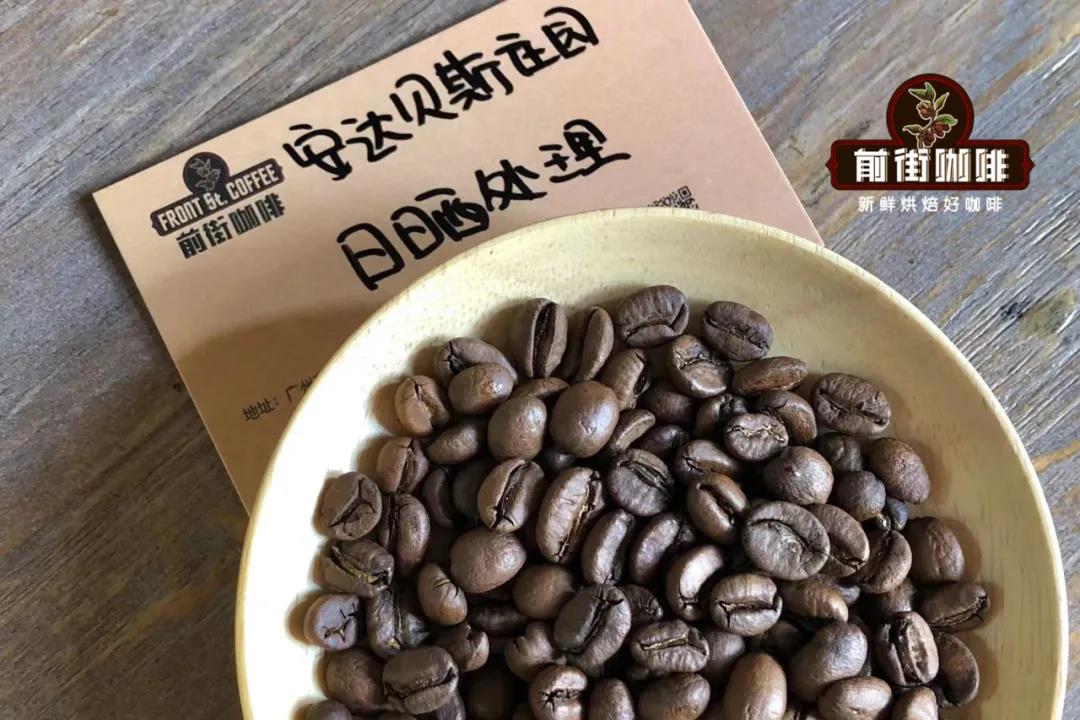
Front Street Coffee-Solar Micro-batch Coffee beans in Andabes Manor, Kenya
Producing area: the northern part of the Great Rift Valley
Altitude: 1750-1950m
Treatment method: sun treatment
Variety: SL28,SL34
Grade: AA
Andabeth / Enderbais Manor
Endebess Estate
The estate is located in the north of the Rift Valley in Kenya, near the Kitale market town in Nzoiya County. Amdabeth Manor has a land area of about 758 hectares, of which 248 hectares are used for growing coffee.
The rift contains Cherang'any Hills and a series of volcanoes, some of which are still active. Mount Changlang is one of the five major forest and catchment areas in Kenya, straddling three counties: Trans Nzoia, Elgeyo Marakworld and West Pokot. Andabe Manor is located at the foot of Mount Elgon, an extinct volcano on the border between Uganda and Kenya. Rich volcanic soil and water sources naturally become an ideal place for coffee trees to grow.
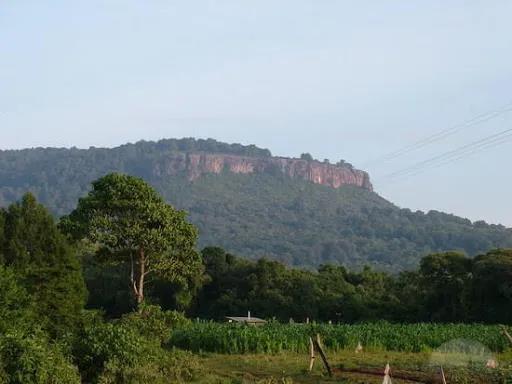
As early as the 1940s, Andabeth Manor had its own coffee bean processing facilities. In addition to the coffee grown at home, the owner of the garden will also buy coffee grown by nearby small farmers to deal with it. If they encounter high-quality fruit, the garden owners will buy it at a higher price, which will increase the income of small farmers and encourage them to continue to plant attentively. The owners of these high-quality coffee orchards will come out alone for micro-batch processing to ensure the best performance of this batch of coffee beans.
The estate was owned and managed by Mr. E.W.d'Ollier in the past. It was sold to Gatatha Farmers Co., Ltd. in 1976 and then transferred to its current owner Kaitet Tea Plantations in 2011.
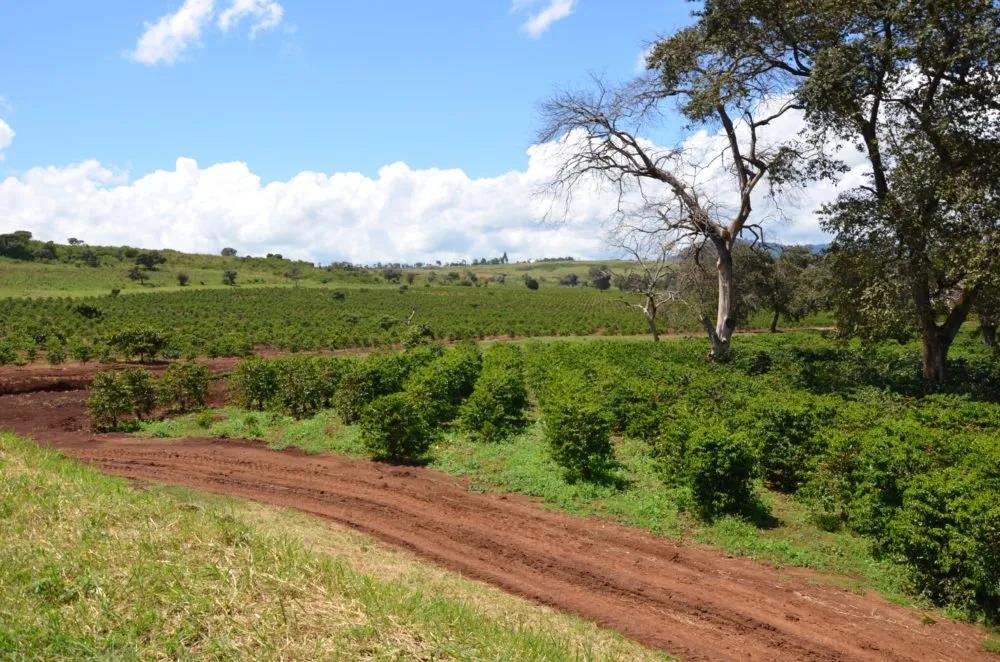
After taking over, the current park owner pays more attention to the welfare and social responsibility of his employees. The estate, which began in 2011, helped renovate more than 15 houses and sponsored two high school students to get a better education. Since 2012, the manor has been improving its infrastructure to make the coffee better and better. As the owner plans to make more profits, his plan for social responsibility will also expand.
Coffee variety
SL28 & SL34
During the period from 1935 to 1939, Scott's laboratory used SL as a prefix for selected coffee varieties. Forty-two varieties from different producing areas were selected in the laboratory, and their yield, quality, drought resistance and disease resistance were studied. After numbering and screening one by one, SL-28 and SL-34 were finally obtained. Relatively speaking, SL-28 has a higher reputation, higher yield of SL-34 and lower requirements for planting altitude.

SL28 belongs to the bourbon gene group and has the ability of drought resistance, but the resistance to coffee leaf rust is poor. The appearance of SL28 bean is similar to that of bourbon variety, and it is round and thick. SL34 is more similar to the gene of iron pickup, and the appearance of beans is closer to the slender, oval-shaped characteristics of the tin card varieties. The appearance of SL34 beans is not as plump as the tin card varieties from the side, so it will appear relatively flat.
The difference of flavor between SL28 and SL34
Through differentiation and separate cup test in Qianjie, it is considered that SL28 and SL34 have similar flavor, which are complex and changeable berry acidity and caramel sweet tail rhyme.

If you really want to distinguish, SL34 will have a heavier taste, more sour BlackBerry juice tends to be full, the overall sweet and sour balance, with caramel tail. On the other hand, SL28 is more inclined to the sour quality of blueberry juice, with slightly higher acidity and higher sweetness, with the image of bourbon varieties with high sweetness.
Sun treatment
Natural
The bean in front of the street is fully washed by the Koitobos River at Andabeth Manor and dried on an elevated bed. Depending on the weather, it usually takes 21 to 28 days to dry, and coffee beans are turned at least four times a day to evenly dry the coffee fruit. When the moisture content of the coffee fruit is reduced to 10-12%, the peel and pulp can be removed by machine and then stored.
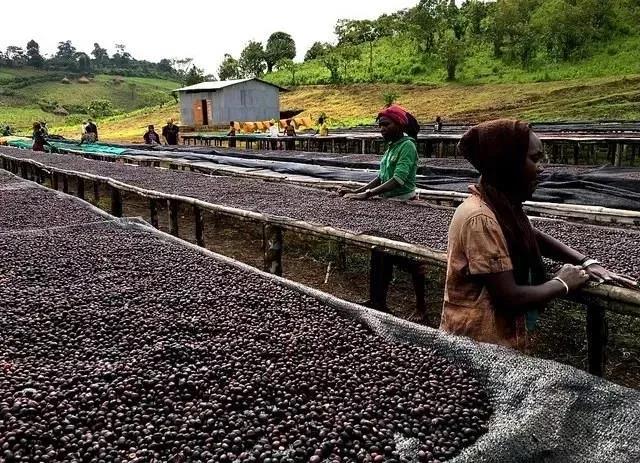
Suggestion on coffee baking in Qianjie
When the furnace temperature reaches 180℃, the firepower is 130C, the throttle opens 3, the temperature return point is 10.042 ", when the furnace temperature is 140℃, the throttle is opened to 4, when the furnace temperature is 146℃, the bean watch turns yellow, and the grass smell disappears completely; when the furnace temperature is 166℃, the firepower is reduced to 100, and the throttle remains unchanged.

The smell of toast obviously changes to the smell of coffee, which can be defined as a prelude to an explosion. At this time, it is necessary to listen clearly to the sound of an explosion point, start an explosion at 8: 20 ", reduce the firepower to 70, keep the throttle unchanged, develop 1: 45" after an explosion, and put it into the pot at 194 ℃.
Coffee cup test report on Qianjie
Dried incense: small tomato
Shixiang: caramel
Flavor: small tomato, black plum, lemon, caramel, cream, black tea
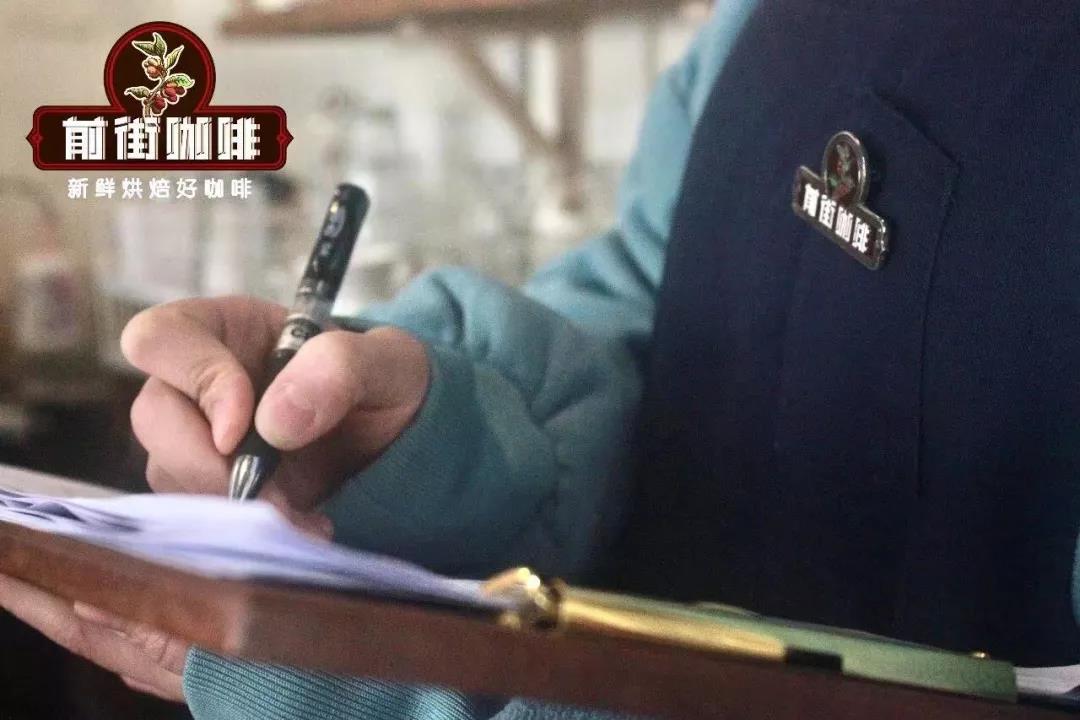
Experience of brewing coffee in Qianjie
Qianjie passed the cup test and found that the taste of this suntan Kenya will be fuller and more solid than that of washing Kenya. So when brewing this sunburn in Kenya, the grinding degree can be a little bit thicker, similar to the size of coarse sugar, so that the extracted coffee will have a more layered feel.
Filter cup: Hario v60
Powder content: 15g
Ratio of powder to water: 1:15
Degree of grinding: medium and fine grinding (the screening rate of No. 20 standard screen is 72%)
Boiling water temperature: 90 °C

First, 30g water was injected and steamed for 30s. In the second section, 125g water is injected in a small circle in the center, the intensity of water injection is gentle and the tumbling strength of the powder layer is reduced as far as possible, and the flow speed falls at 4g per second. When the water level drops to 1 stroke 2 of the silt layer, the third stage of water injection begins, and the water injection in this section is also gently circled from the center to the end of 225g. After the coffee liquid in the filter cup is fully dripped, the extraction is finished, and the time is 1: 39. 54 ". Shake gently after the coffee extraction is finished, and then taste it after the coffee liquid is fully uniform.
Cooking flavor: at high temperature, it smells of caramel, and the entrance is the juice of small tomato and the acidity of black plum; when the temperature drops slightly, it is the acidity and creamy smoothness of lemon, the aftertaste is black tea, and the whole taste is obvious.
For more boutique coffee beans, please add private Qianjie coffee on Wechat. WeChat account: kaixinguoguo0925
Professional coffee knowledge exchange more coffee bean information please follow the coffee workshop (Wechat official account cafe_style)
"what? There are sun-treated coffee beans in Kenya? " This is the first reaction of many people after the coffee bean was moved out of Qianjie. It is common to see that raw coffee beans are treated with 72 small fermented water in Kenya, which gives everyone the illusion that "Kenyan coffee beans are only washed."

Front Street Coffee-Solar Micro-batch Coffee beans in Andabes Manor, Kenya
Producing area: the northern part of the Great Rift Valley
Altitude: 1750-1950m
Treatment method: sun treatment
Variety: SL28,SL34
Grade: AA
Andabeth / Enderbais Manor
Endebess Estate
The estate is located in the north of the Rift Valley in Kenya, near the Kitale market town in Nzoiya County. Amdabeth Manor has a land area of about 758 hectares, of which 248 hectares are used for growing coffee.
The rift contains Cherang'any Hills and a series of volcanoes, some of which are still active. Mount Changlang is one of the five major forest and catchment areas in Kenya, straddling three counties: Trans Nzoia, Elgeyo Marakworld and West Pokot. Andabe Manor is located at the foot of Mount Elgon, an extinct volcano on the border between Uganda and Kenya. Rich volcanic soil and water sources naturally become an ideal place for coffee trees to grow.

As early as the 1940s, Andabeth Manor had its own coffee bean processing facilities. In addition to the coffee grown at home, the owner of the garden will also buy coffee grown by nearby small farmers to deal with it. If they encounter high-quality fruit, the garden owners will buy it at a higher price, which will increase the income of small farmers and encourage them to continue to plant attentively. The owners of these high-quality coffee orchards will come out alone for micro-batch processing to ensure the best performance of this batch of coffee beans.
The estate was owned and managed by Mr. E.W.d'Ollier in the past. It was sold to Gatatha Farmers Co., Ltd. in 1976 and then transferred to its current owner Kaitet Tea Plantations in 2011.

After taking over, the current park owner pays more attention to the welfare and social responsibility of his employees. The estate, which began in 2011, helped renovate more than 15 houses and sponsored two high school students to get a better education. Since 2012, the manor has been improving its infrastructure to make the coffee better and better. As the owner plans to make more profits, his plan for social responsibility will also expand.
Coffee variety
SL28 & SL34
During the period from 1935 to 1939, Scott's laboratory used SL as a prefix for selected coffee varieties. Forty-two varieties from different producing areas were selected in the laboratory, and their yield, quality, drought resistance and disease resistance were studied. After numbering and screening one by one, SL-28 and SL-34 were finally obtained. Relatively speaking, SL-28 has a higher reputation, higher yield of SL-34 and lower requirements for planting altitude.

SL28 belongs to the bourbon gene group and has the ability of drought resistance, but the resistance to coffee leaf rust is poor. The appearance of SL28 bean is similar to that of bourbon variety, and it is round and thick. SL34 is more similar to the gene of iron pickup, and the appearance of beans is closer to the slender, oval-shaped characteristics of the tin card varieties. The appearance of SL34 beans is not as plump as the tin card varieties from the side, so it will appear relatively flat.
The difference of flavor between SL28 and SL34
Through differentiation and separate cup test in Qianjie, it is considered that SL28 and SL34 have similar flavor, which are complex and changeable berry acidity and caramel sweet tail rhyme.

If you really want to distinguish, SL34 will have a heavier taste, more sour BlackBerry juice tends to be full, the overall sweet and sour balance, with caramel tail. On the other hand, SL28 is more inclined to the sour quality of blueberry juice, with slightly higher acidity and higher sweetness, with the image of bourbon varieties with high sweetness.
Sun treatment
Natural
The bean in front of the street is fully washed by the Koitobos River at Andabeth Manor and dried on an elevated bed. Depending on the weather, it usually takes 21 to 28 days to dry, and coffee beans are turned at least four times a day to evenly dry the coffee fruit. When the moisture content of the coffee fruit is reduced to 10-12%, the peel and pulp can be removed by machine and then stored.

Suggestion on coffee baking in Qianjie
When the furnace temperature reaches 180℃, the firepower is 130C, the throttle opens 3, the temperature return point is 10.042 ", when the furnace temperature is 140℃, the throttle is opened to 4, when the furnace temperature is 146℃, the bean watch turns yellow, and the grass smell disappears completely; when the furnace temperature is 166℃, the firepower is reduced to 100, and the throttle remains unchanged.

The smell of toast obviously changes to the smell of coffee, which can be defined as a prelude to an explosion. At this time, it is necessary to listen clearly to the sound of an explosion point, start an explosion at 8: 20 ", reduce the firepower to 70, keep the throttle unchanged, develop 1: 45" after an explosion, and put it into the pot at 194 ℃.
Coffee cup test report on Qianjie
Dried incense: small tomato
Shixiang: caramel
Flavor: small tomato, black plum, lemon, caramel, cream, black tea

Experience of brewing coffee in Qianjie
Qianjie passed the cup test and found that the taste of this suntan Kenya will be fuller and more solid than that of washing Kenya. So when brewing this sunburn in Kenya, the grinding degree can be a little bit thicker, similar to the size of coarse sugar, so that the extracted coffee will have a more layered feel.
Filter cup: Hario v60
Powder content: 15g
Ratio of powder to water: 1:15
Degree of grinding: medium and fine grinding (the screening rate of No. 20 standard screen is 72%)
Boiling water temperature: 90 °C

First, 30g water was injected and steamed for 30s. In the second section, 125g water is injected in a small circle in the center, the intensity of water injection is gentle and the tumbling strength of the powder layer is reduced as far as possible, and the flow speed falls at 4g per second. When the water level drops to 1 stroke 2 of the silt layer, the third stage of water injection begins, and the water injection in this section is also gently circled from the center to the end of 225g. After the coffee liquid in the filter cup is fully dripped, the extraction is finished, and the time is 1: 39. 54 ". Shake gently after the coffee extraction is finished, and then taste it after the coffee liquid is fully uniform.
Cooking flavor: at high temperature, it smells of caramel, and the entrance is the juice of small tomato and the acidity of black plum; when the temperature drops slightly, it is the acidity and creamy smoothness of lemon, the aftertaste is black tea, and the whole taste is obvious.
For more boutique coffee beans, please add private Qianjie coffee on Wechat. WeChat account: kaixinguoguo0925
Important Notice :
前街咖啡 FrontStreet Coffee has moved to new addredd:
FrontStreet Coffee Address: 315,Donghua East Road,GuangZhou
Tel:020 38364473
- Prev
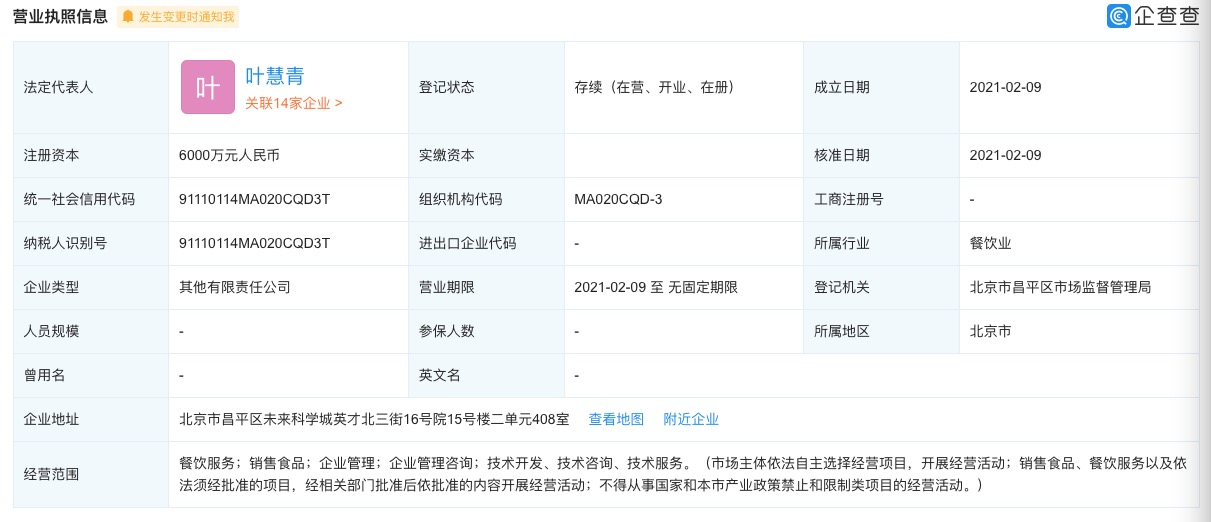
The relationship between PetroChina easy Jet Coffee and Lian Coffee
EasyJet Coffee set up a company. According to the information on the company's website, easy Coffee (Beijing) Co., Ltd. was established on February 9, with a registered capital of 60 million yuan and legal representative Ye Huiqing. The scope of business includes catering services, food sales, business management, business management consulting, and so on. The company is owned by Sinopec easyJet sales Co., Ltd. And
- Next

What material is Coca-Cola plastic bottle made of? Coca-Cola launches recycled plastic bottles!
After Coca-Cola was named the biggest plastic polluter for the third time, Coca-Cola recently launched new bottle packaging of 100% renewable plastic in some states in the United States to reduce plastic waste. Coca-Cola was rated for the third time as the largest plastic polluter. The size of the new bottle of renewable plastic is 13.2oz (about 374.22 grams). It is used for ordinary Coke, Diet Coke and Zero.
Related
- What ratio of water temperature and ground does the smart cup method use to press coffee? The difference between brewed coffee and filtered coffee?
- What is the standard process for the purpose of coffee cup testing? What is the difference between hand-brewed coffee and cup testing?
- How to use hand-brewed coffee paragon small golden balls? How does cold coffee lock in the aroma of coffee?
- Is American coffee black? What is the difference between American coffee and drip coffee?
- Unexpected! Well-known tea beverage brand Lele Tea will withdraw from the Zhengzhou market!
- Starbucks enters the fashion and beauty industry?! Netizen: Give me an ice American eye cream
- Why can American refills for free? The difference between Americano and American drip pot coffee
- Being chased out of the rain in front of Starbucks?! Store: Sheltering from rain under umbrellas poses a safety hazard
- The white moonlight has changed?! Lucky launches "Big Winter Pear American"
- Hand-brewed coffee three-stage method, high-sweet and universal brewing method to share! What does the high sweet water level of hand-brewed coffee mean?

